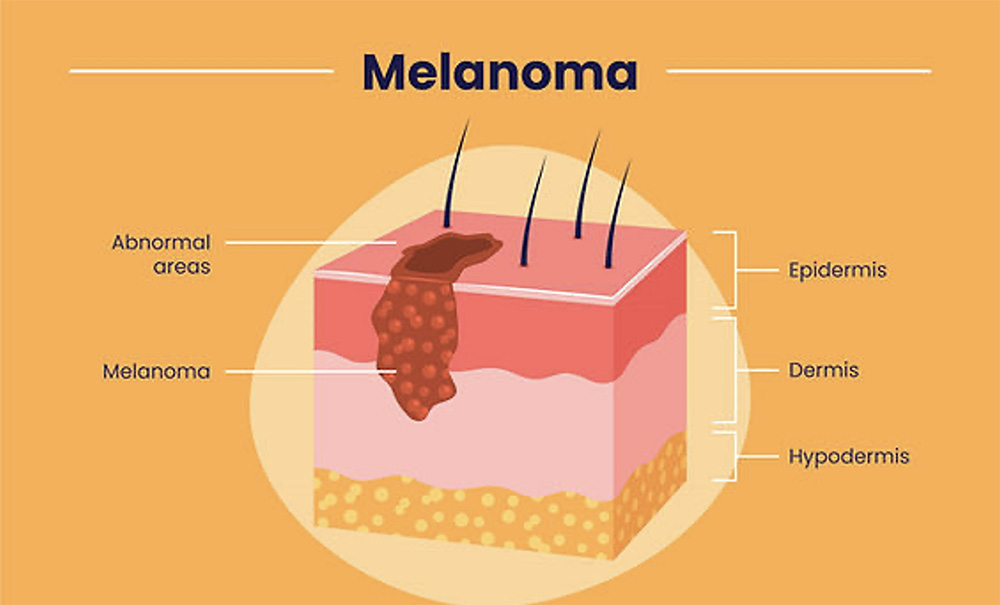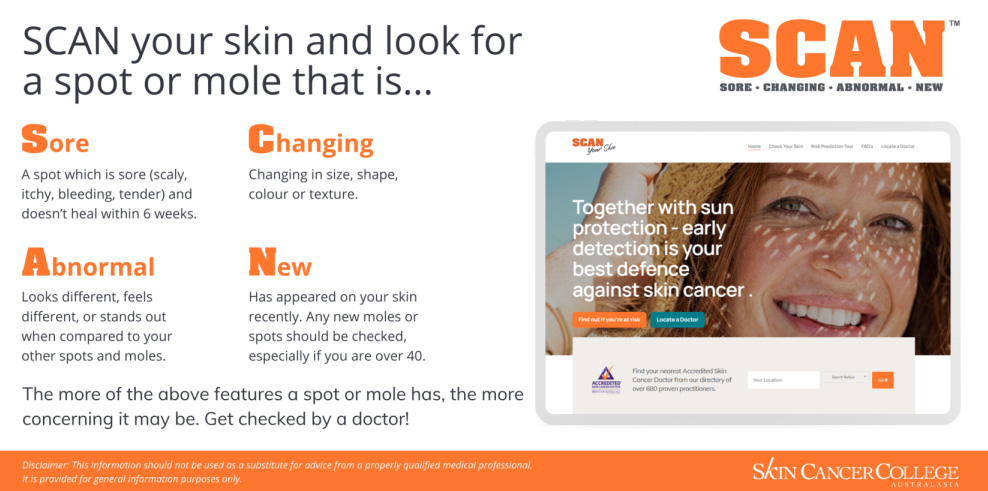an holistic approach to treating skin cancer
Skin Cancer Management
From the initial biopsy to confirm the nature of the lesion, through to definitive removal, we ensure comprehensive care from the moment a concern arises.
Understanding Common Skin Procedures
Surgical options are the cornerstone of skin cancer management and are designed to effectively remove the abnormal cells while aiming for the best possible functional and cosmetic outcome.
GPs offering this service
All skin doctors at The Woods Medical Centre have completed extensive training in the detection, management and treatment of skin cancer.
When addressing skin concerns, your doctor may recommend various procedures, each designed for specific purposes. Here is an explanation of some common terms you might encounter:
- Also see: Skin Checks and Treatment
Biopsy
A biopsy is a diagnostic procedure where a small sample of skin tissue is carefully removed. This sample is then sent to a laboratory for microscopic examination by a pathologist.
Why it's done
Biopsies are crucial for accurately diagnosing skin conditions, especially to determine if a suspicious lesion is benign (non-cancerous) or malignant (cancerous), such as melanoma or basal cell carcinoma. It helps guide the next steps in your treatment.
Simple Excision
A simple excision is a surgical procedure to completely remove a skin lesion or growth. The doctor cuts out the lesion along with a small margin of healthy tissue around it, and the remaining wound is then closed directly with stitches.
Why it's done
This is a common treatment for skin cancers (like basal cell carcinoma, squamous cell carcinoma, or melanoma) once diagnosed, to ensure the entire lesion is removed. It’s also used to remove benign but troublesome growths like cysts, lipomas, or moles that are irritated or cosmetically undesirable.
Flap
A flap is a reconstructive surgical technique where a section of healthy skin and underlying tissue (which remains attached to its original blood supply) is carefully lifted and moved from an adjacent area to cover a defect created by the removal of a larger lesion.
Why it's done
Flaps are used when the area of skin removed is too large to be closed directly with stitches, or when direct closure would cause excessive tension or distortion of surrounding features (e.g., near the eyes, nose, or mouth). They provide a robust and well-perfused (good blood supply) solution for wound closure, helping to achieve better functional and cosmetic outcomes.
Graft
A skin graft is a reconstructive surgical procedure where a piece of skin (either thin or full thickness) is completely removed from one area of your body (the “donor site”) and transferred to another area (the “recipient site”) to cover the defect left after the skin cancer is removed. Unlike a flap, a graft is completely detached from its original blood supply and relies on new blood vessels growing into it from the recipient site for survival.
Why it's done
Skin grafts are typically used for very large skin cancer defects where there is insufficient adjacent tissue for a flap, or when the wound is in an area where a flap might be too bulky or inappropriate (e.g. tip of the nose or lower leg). They provide essential skin coverage for healing and protection, particularly after extensive skin cancer excisions.
Post-Excision Wound Care
Healing Your Skin
After your skin cancer removal, proper wound care is key for good healing and a neat scar. While your specific instructions might vary, here are some general tips for skin cancer management and to help your wound recover.

Wound Care Instructions
First 1 - 2 days
- Keep it Dry
Don’t get the dressing wet for the first 24 to 48 hours. This helps the wound seal. - Gentle Pressure/Elevation
If your doctor advises, gently press on the area or keep it raised. This can help reduce swelling and bleeding. - Pain Relief
Mild discomfort is normal. Take over-the-counter pain relievers like paracetamol if needed. - Rest Up
Avoid heavy lifting or movements that pull on your wound.
Day 3 onwards
- Keep it Clean
- Keep it Moist
Apply a thin layer of Vaseline or Stratamed (silicone gel). This helps the wound heal better and can reduce scarring. Change your dressing as instructed. - Stitches
If you have stitches, your doctor or nurse will advise when they need to come out. Please don’t try to remove them yourself. - Avoid Soaking
While showering is usually okay, you should avoid baths, swimming, or submerging the wound until your stitches are removed and the area is fully closed. A little dampness typically isn’t an issue, but if the wound stays wet, it significantly increases the risk of infection or reopening.
Longer Term
- Sun Protection
New scars are very sensitive to the sun and can discolour easily. Once the wound is healed, always use SPF 50+ sunscreen and cover the area with clothing for at least 6-12 months. - Scar Massage
After a few weeks, once the wound is fully closed, gently massaging the scar with a moisturiser or Stratamed (silicone gel) can help it soften and flatten over time.
Call us immediately if you notice any of the following:
- Increasing redness or swelling.
- Worsening pain.
- Pus or a bad smell from the wound.
- Heavy bleeding that doesn’t stop.
- A fever (temperature above 38.5°C).
- The wound opening up or stitches coming out too early.

Histology Results
Receiving your histology results is an important part of your care. Here’s what you can expect:
In a sun-drenched region like Perth, where skin cancer rates are among the highest in the world, skin cancer management is not just a recommendation, but a vital part of maintaining your long-term health.
- Results typically take 1 to 2 weeks, though some complex cases may require a bit longer.
- If your results require any follow-up or indicate a concern, we will contact you directly.
- Your histology results are usually discussed with you when you return for the removal of sutures.
- If you haven’t heard from us within the expected timeframe, it generally means no immediate action is required. However, please don’t hesitate to contact us if you would like to know your results.
Early detection
Early detection dramatically improves treatment success, allowing for simpler, highly effective surgical options and better long-term outcomes.
- Read more . . .
- Skin Cancer Checks and Treatment
- Total Body Photography (TBP)

How often do I need a skin check?
Regular skin checks are recommended for everyone
If you notice a new spot, or any mole that is changing in size, shape, colour, or is bleeding, itching, or painful, please book an appointment immediately.
Get checked if you . . .
- Have a personal history of skin cancer.
- Have a family history of melanoma.
- Have many moles, or moles that are large, unusual, or changing.
- Have fair skin, a history of significant sun exposure, or multiple past sunburns.
- Are over the age of 40 (even if you have none of the above risk factors).
